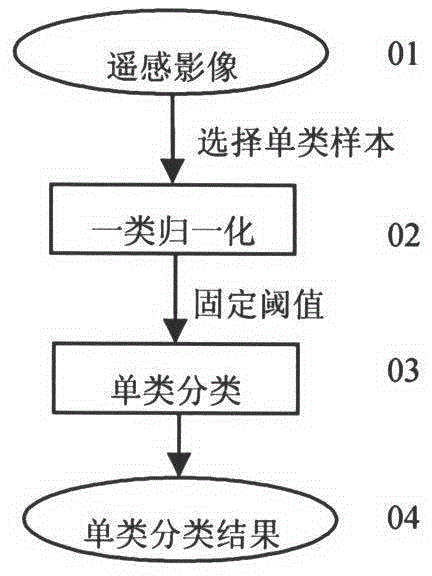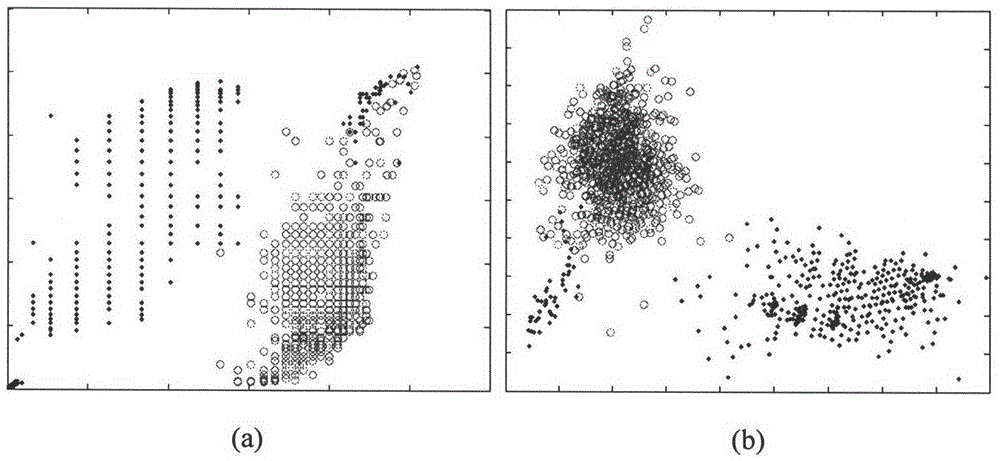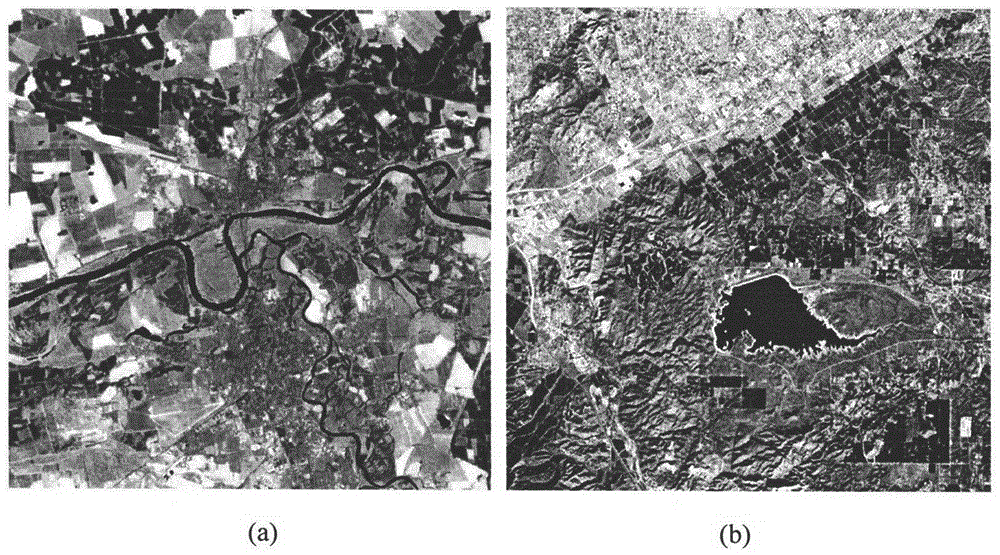Remote-sensing image one-class classification method based on one-class normalization
A technology of remote sensing images and classification methods, which is applied in the fields of instruments, character and pattern recognition, computer parts, etc. It can solve the problems of complex parameter settings and effect effects, and achieve the effect of simple classification process.
- Summary
- Abstract
- Description
- Claims
- Application Information
AI Technical Summary
Problems solved by technology
Method used
Image
Examples
Embodiment Construction
[0022] The single-class classification process of remote sensing image based on one-class normalization is as follows: figure 1 Shown. In the application of remote sensing classification, training samples must be selected first, and single-class classification only needs to select training samples of interest categories for learning. The selection of samples has a great impact on the subsequent classification results. Generally, there are two methods. One is to conduct field investigations in the area covered by remote sensing images and extract actual ground object categories as training samples; the other is to manually interpret remote sensing images. To select training samples of interest categories, manual interpretation methods often require higher resolution remote sensing images as an aid. The selection of single-class training samples requires a complete description of the categories. The number of samples should be larger and the classification is more sufficient. Mul...
PUM
 Login to View More
Login to View More Abstract
Description
Claims
Application Information
 Login to View More
Login to View More - R&D
- Intellectual Property
- Life Sciences
- Materials
- Tech Scout
- Unparalleled Data Quality
- Higher Quality Content
- 60% Fewer Hallucinations
Browse by: Latest US Patents, China's latest patents, Technical Efficacy Thesaurus, Application Domain, Technology Topic, Popular Technical Reports.
© 2025 PatSnap. All rights reserved.Legal|Privacy policy|Modern Slavery Act Transparency Statement|Sitemap|About US| Contact US: help@patsnap.com



